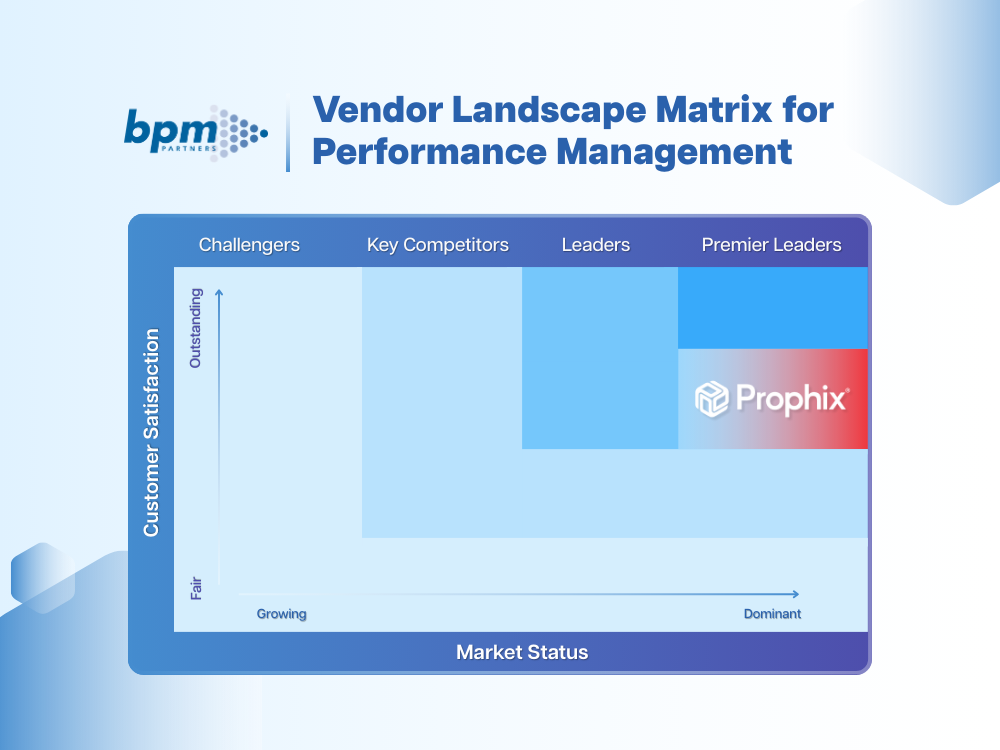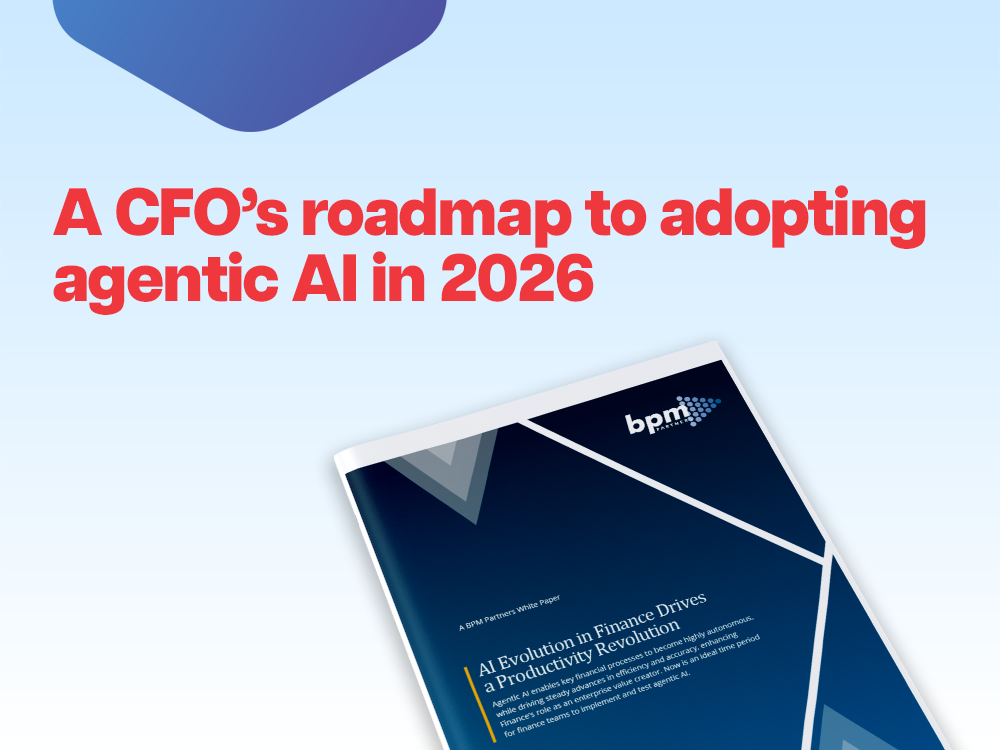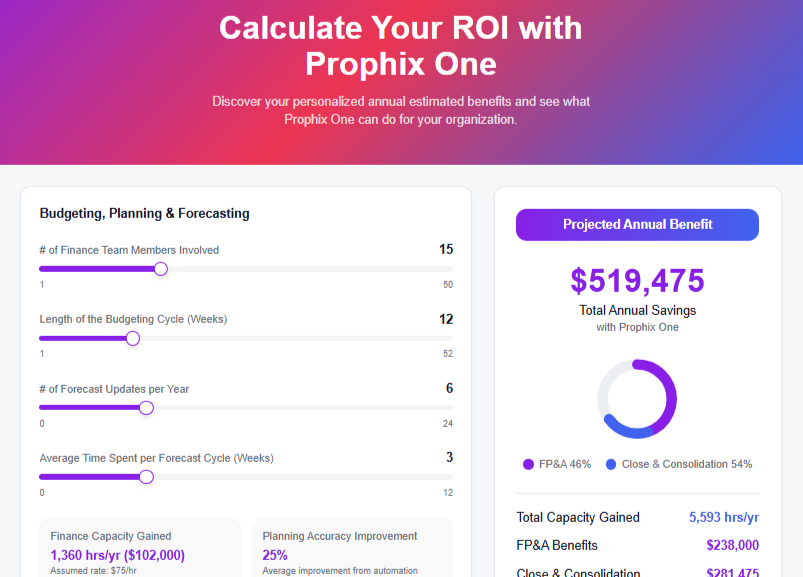Download the BPM Partners Whitepaper
Capabilities
Platform OverviewFeatures

Prophix is highly recommended for its scalability, flexibility, and ease of use. It can manage a broad range of operational and financial requirements, making it ideal for various types of organisations. Users appreciate its exceptional customer service, which helps them maximise the platform’s potential.
Download the Vendor Landscape Matrix Report




